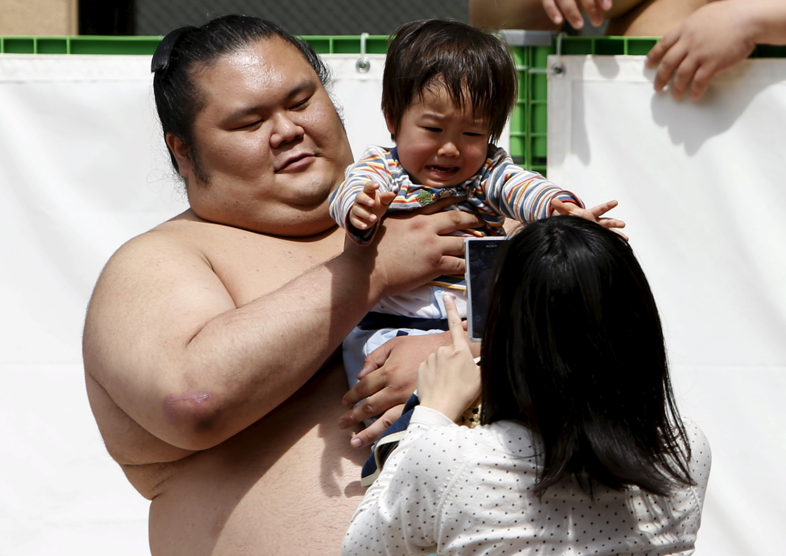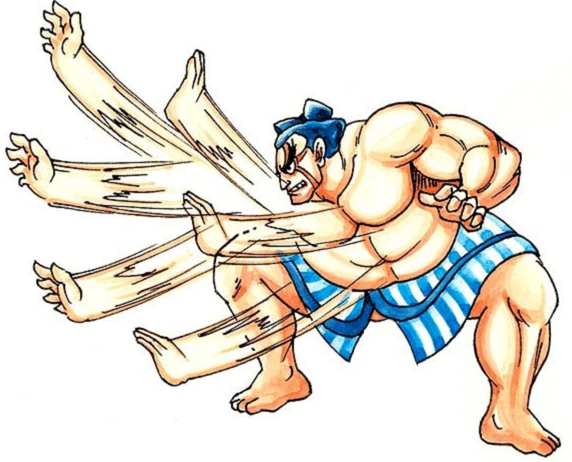Ranked by popularity, here’s a list of sports in America:
- Football
- Baseball
- Basketball
- Ice Hockey
- Soccer
- Tennis
- Golf
- Wrestling
- NASCAR
- Badminton
- Whining on Twitter
We were promised rollerball and hunger games, but instead soccer is rising in popularity. Boxing and chess were popular when I was a kid, but now deteriorated so much that nobody even knows who is the current world champion.
I feel that to be watchable a sport needs to have following things:
- A ritualistic, meditative aspect
- Strategy
- Skill
- Violence
- Fast pace of scoring
- Drama
- Fashion
- Strong, relatable personalities
All of these sports have something going for them. Football is rightly at the top of the list: it is chess that is played by giant men giving each other concussions. Baseball is highly meditative: watching overweight men scratch themselves and spit on the ground is somehow very calming. Hockey is also good because of violence and the quick pace. Basketball provides quick action with a lot of scoring. Tennis is also fast paced, with a lot of grunting and weird noises. Soccerists run around a lot, but there is no scoring. They do get injured a lot and roll on the ground, but sometimes injuries are faked. Golf is a game of incredible skill, but not much else. NASCAR has fiery explosions. Wrestling has all the drama, strong (if fake) personalities, and also explosions. Badminton does not belong on this list, it’s stupid.
Now, let me introduce you to the world of Grand Sumo. It has e-ve-ry-thing. It is the perfect sport to follow. You should become a fan, and here’s why.
If you have some past perceptions of what sumo is like given to you by the American media, forget them. Let’s start with some basics, which you probably know, but not exactly.
Firstly, sumo is performed on something called a dohyo. Dohyo is a clay mound meticulously put together by artisans for every competition known as “basho”. It is a sacred place within which lives a deity. A special snack of dried squid and sacred sake is placed in the hole in the center of the dohyo during the consecration ceremony. Above the dohyo floats a magnificent temple structure, a true marvel of engineering.
Here is how dohyo is constructed by yobidashi (special sumo porters and announcers). It is really worth a look, the level of craftsmanship is out of this world. My favorite part is that they traditionally use beer bottles to form the straw bales.
You might find that beer bottles are used in other sumo tasks, like ironing the mawashi belts. Sometimes they are involved in less wholesome ways (there is a lot of drama in the sumo world). But beer is important, because, you see, the whole thing is a giant fertility festival.
Sumo wrestlers are amazing athletes, but they are also magical strongmen and good luck charms. They look like giant babies in their outfits, and are often given crying babies to hold for good luck. A handshake from a sumo champion transfers powerful magical energy.

Unlike lazy American athletes, rikishi constantly work to keep bad luck and evil spirits out, and to ensure a good harvest. They perform an endless stream of ceremonies, that are simply hypnotic. First, there is dohyo iri, the ring entering ceremony. It is performed by all active yokozunas — the grand champions of the sport and vessels for powerful kami spirits that live in their belts. The crowd yells “yosh”, a word of encouragment meaning “all right, let’s go” that is usually uttered when somebody is about to do something difficult, when the yokozuna stamps his feet to drive out evil spirits that live in the ground.
At the end, a specialist called a yumitori performs a bow twirling ceremony. If those evil spirits made their way back into the ground, they will surely be gone when the yumitori will dig them out with his bow. It is my favorite part of all the demon fighting.
To make sure that the ground and aerial evil demons are properly oppressed, sumo wrestlers stomp their feet, throw salt, and clap their hands before each bout. They also sip and spit special power water and cover their mouths with special power paper. You will feel your mind calming down as those demons run away in terror.
The salt throwing itself is amazing: all wrestlers have different styles. Some throw a huge amount, some a very small, some have an insanely elegant throw.
Now that we are done with fighting demons, let’s talk about the bouts themselves. By the way, there are sumo streams that cut out most of the ceremony, so you can concentrate on the fighting.
Let me say this: this sport is brutal. To begin, wrestlers simultaneously launch at each other from a crouching position, like the American football players. All of this takes place on a terrifyingly high clay platform. You are allowed to slap, trip, and throw your opponent. You are not allowed to punch, poke, head-butt, or grab hair, but that is all.
Some wrestlers that are typically not expected to rise in the ranks often perform a highly choreographed comical skit explaining the forbidden moves.
Wrestlers are generally either belt fighters or pusher-thrusters, but some are all around technicians. The slaps of pusher thrusters are particularly terrifying — they often knock wrestlers out. Think Honda from Street Fighter, but for real, like in those slapping competition videos. Also, it’s done with both hands, not one animated one.

To win you must either push your opponent out of the ring, or make them touch the ground with anything other than the soles of their feet. This is why sumotori usually consider chicken to be a lucky food. Two legs good, four legs bad!
The winning ways known as kimarite are highly codified. Special ringside judges announce not only who won, but also how. Some winning techniques are very difficult and rare, some are commonplace. There is a special technical prize for fighters who display the most kimarite during the basho. Some ways of winning are considered to be cheap, like the slapdown. One move — jumping out of the way of the attacker known as “henka” is particularly frowned upon and villified, unless practiced by a much smaller wrestler against a giant opponent, and even then it’s considered not entirely honorable, but entirely legal.
Now let’s address the elephant in the room. There are no weight categories in Grand Sumo. But it is not just a sport of giants. There are plenty of very popular diminutive wrestlers.
To be continued in Part II